OCTOBER 8TH
OCTOBER 13TH
BTCF Board Member Dr. Gia Marson talks with Goop about helping loved ones with an eating disorder.
Breaking the Chains and NEDA
Breaking the Chains Foundation partnered with NEDA in support of National Eating Disorder Awareness Week on February 26 – March 4th by promoting awareness via a variety of our social media networks, celebrity support, sharing NEDA’s screening tool through our social media platforms, as well as having our own online event through out the week. Also joined NEDA in forming our own team for the Los Angeles NEDA Walk on April 7th, walking and raising funds in support of stopping eating disorders.
GREAT NEWS
The award winning short film “FINDING ALICE” was an Official Selection both as a short film and written word in The Hollywood Dreamz International Film Festival and Writer’s Awards in Las Vegas, August 2017!
UPCOMING NEWS
STAY TUNED! – BTCF YOUNG HOLLYWOOD CAMPAIGN
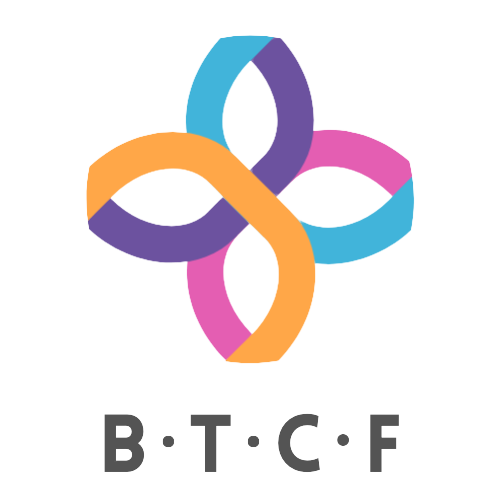

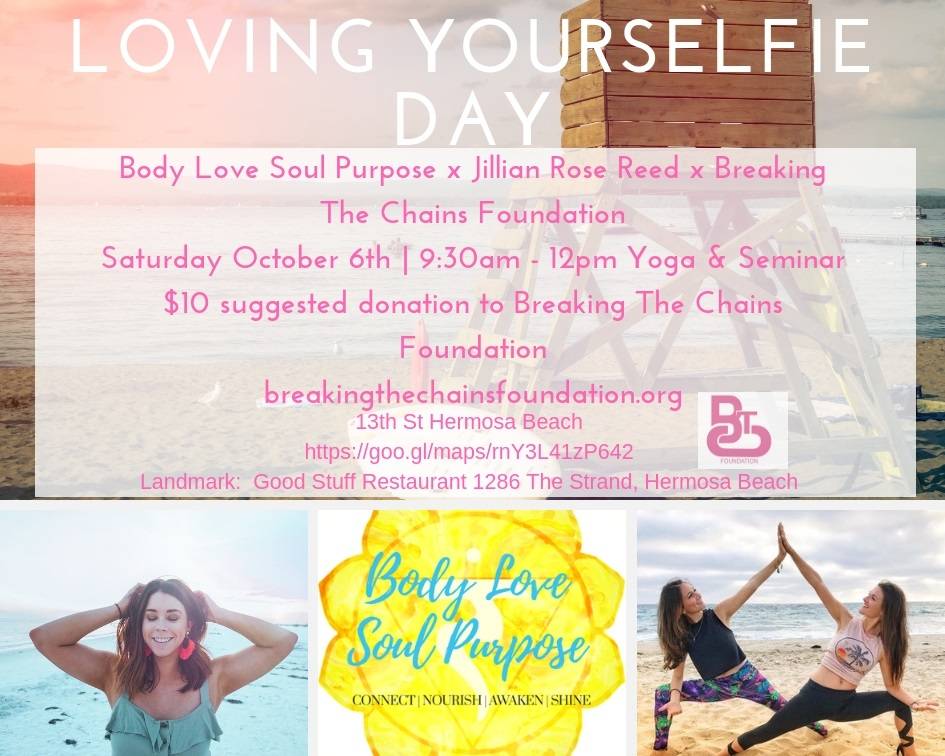
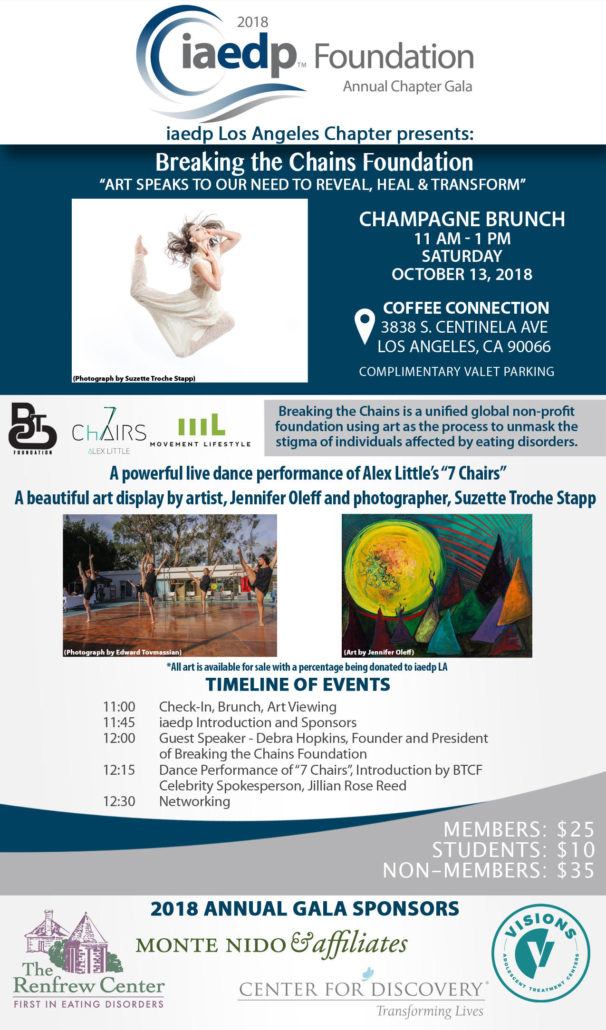
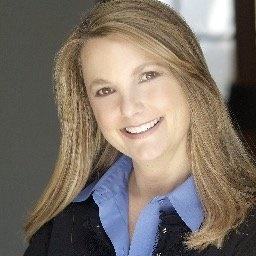

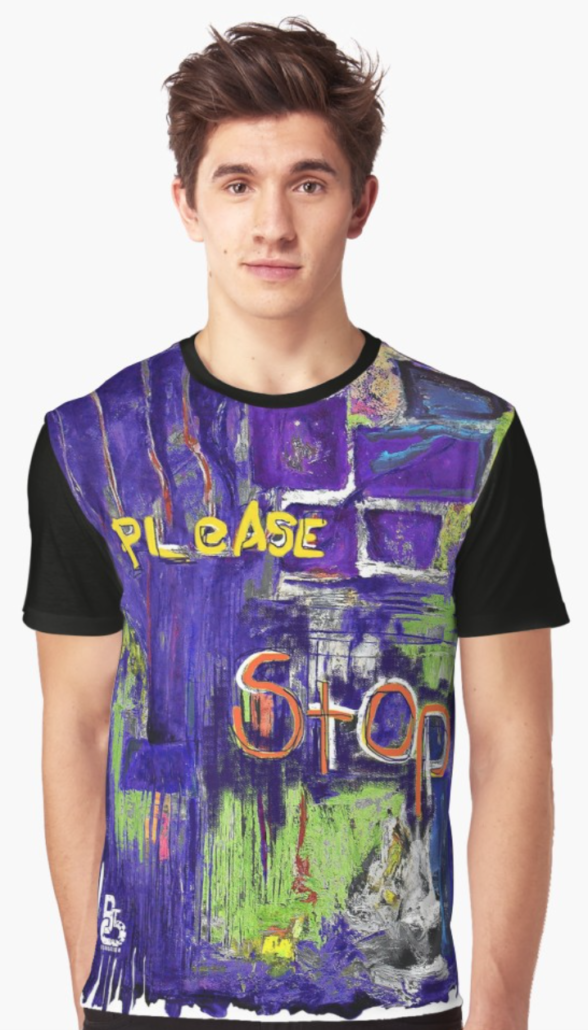
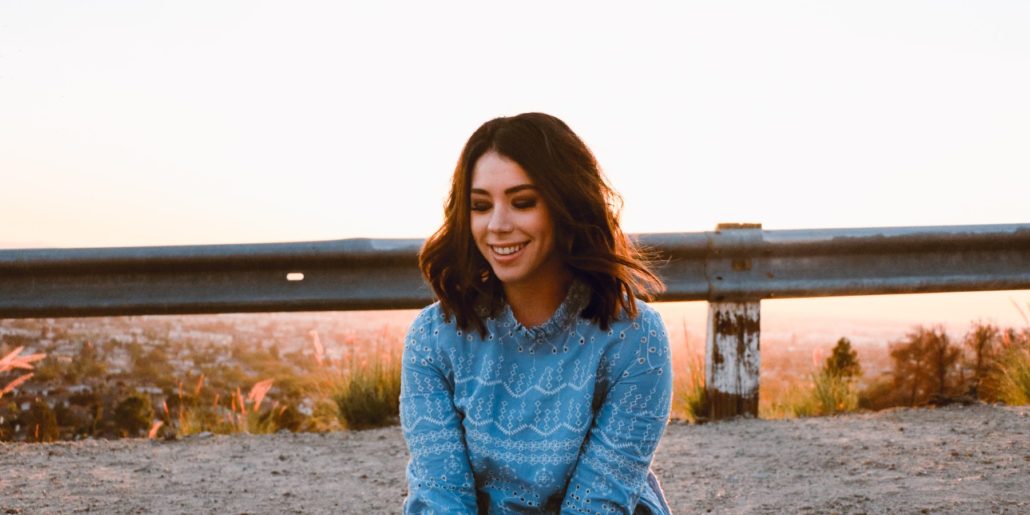
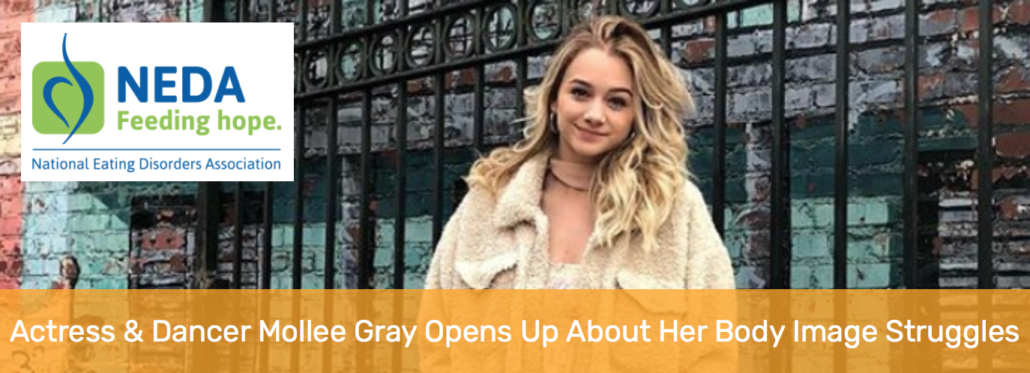
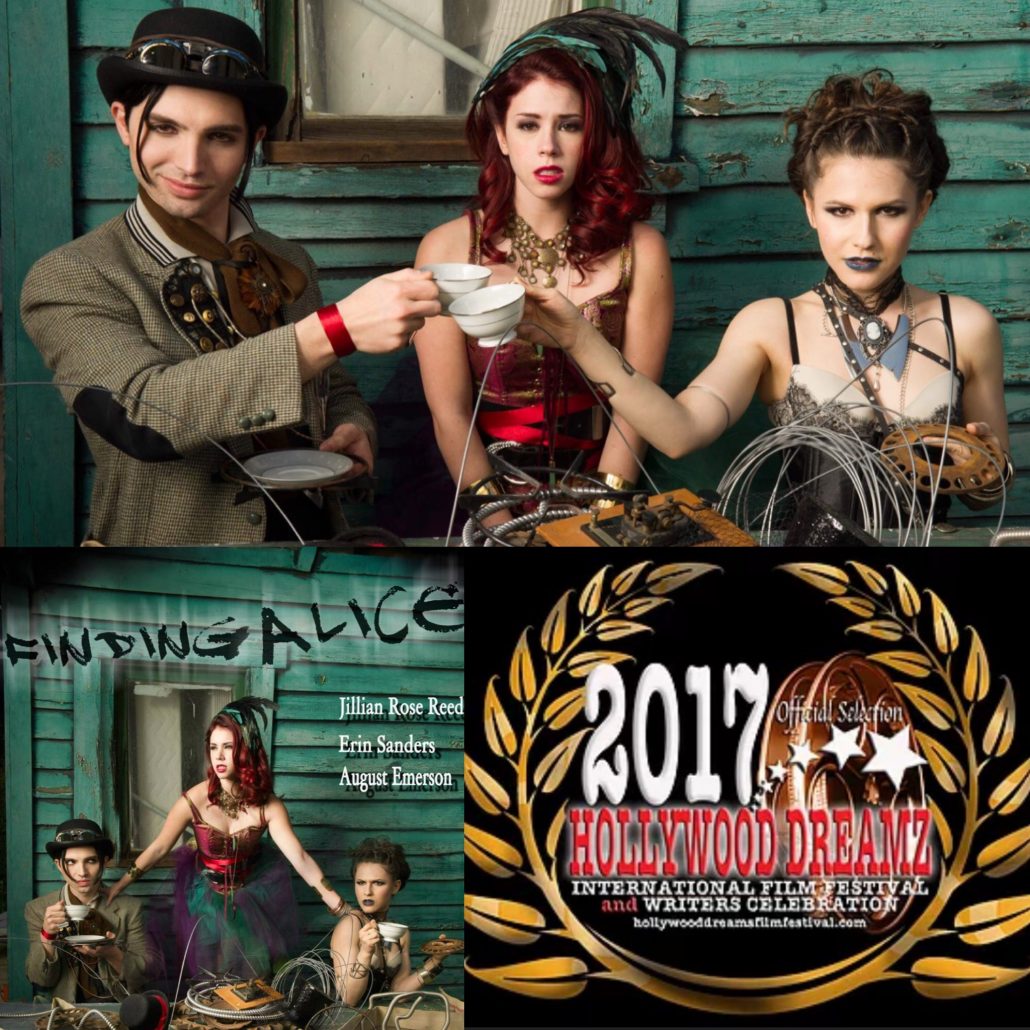



AN INTERVIEW WITH AMY KATHLEEN LEE
Artist Blogs“She needed a hero, so that’s what she became.” Author Unknown
Grey Matter performed by SRJC Touring Dance Company in Dancing With ED presents:
“Stages of Change: A Dancer’s Body Journey”
BTCF: Why and when did you begin your nonprofit, Dancing With ED?
AMY: The name Dancing with ED came to me in 2012 during a therapy session. We had been discussing my dance career and the doctor who diagnosed me with degenerative disc disease, three herniated disks in my lower back, and arthritis. He told me I had the spine of a 40 yr. old when I was 17 and that I would never dance again. It was one of the most painful moments of my life. It was in that session I realized, I’d never stopped dancing, I was just dancing with ED. The moment I said that, a sense of familiarity and the knowledge this name was the start of something meaningful. And not just for me. Giving back has always been part of me moving forward, so it wasn’t a surprise that I chose to start a nonprofit named Dancing with ED on June 25, 2013. I actually went to the library to borrow the book How To Start A Nonprofit For Dummies. Growing this organization is my way of giving back and having the chance to be the person I needed when I was a dancer. I want dancers to know, they don’t have to dance through this alone.
BTCF: What is Dancing With ED’s mission and goals? Where are you based?
AMY: We are based in San Luis Obispo, California, however we work with dancers all over the country through our various virtual projects and collaborations. Dancing with ED’s mission is to inspire all members of the dance community to love and care for their bodies through eating disorder awareness, outreach, and education. We include family members, teachers, studio staff, companies, dance leadership organizations under this umbrella. Our goal is to see an increase in mental health education, eating disorder resources and support, and more educational activities focused on decreasing stigma. We are building a supportive online community around eating disorders and mental health struggles, creating workshops, camps, events and other activities in hopes to be the difference we want to see in the dance community because it’s not just one person’s journey, it’s ours.
BTCF: You are very open sharing your personal story of being both a eating disorder and suicide survivor, how has that changed your life in the work you do?
AMY: The work I do has changed my life. When I started sharing my story 8 years ago, I had no idea it would bring me to this place. I never would’ve believed it if you’d told me I’d go from sitting in a psychiatric hospital in 2011, drugged up on medicine to keep me from killing myself, staring at the wall, being told I may never have an independent life, to starting a nonprofit, standing on stage speaking to hundreds of people. It’s pretty amazing what God can do. I am so open about my personal life because I have nothing to be ashamed of. You’d be surprised how many people come up to me and say, “me too’. I am ruined for all other forms of employment. 🙂
BTCF: Can you tell us more about your show, “Stages of Change: A Dancer’s Body Journey” and the impact it has made?
AMY: Most of my creative projects come from my personal journey. For example, I am currently working on healing trauma trapped in my body from childhood sexual abuse. My therapist and I are exploring how my body moves and through this process I’ve learned my body has it’s own story. Naturally, I wanted to share this with dancers – give them a chance to explore their stories using the language of dance. I thought a dance show to showcase their choreography and inspire would be an opportunity to share this with the community. It’s a chance to come together, connect, network, share resources. Celebrate our love of dance and our bodies. I found the greatest impact has been on the dancers themselves and their families. After our first show, I looked into the tear-filled eyes of a mother who said “thank you for giving my daughter the chance to do this. You have no idea what this means to us.” That’s my million-dollar paycheck, and what keeps me going when I feel discouraged.
BTCF: You’ve created this workshop, Body Talk – how did that come about, and can you please share the passion and purpose behind it all?
AMY: No one ever talked about anything when I was young. I was 13 years old, very insecure. I had no language around emotional and mental health. If I’d learned before I entered the more serious and competitive dance environments, it would have been easier. It’s really important to teach and equip young dancers the fundamentals of body image, self-talk, and identity. I use group discussions, personal sharing time and journal activities. Dancers learn key concepts to apply to body image and identity: I am more than my body, I am enough, just the way I am, I can be my body’s friend by using compassionate language and empathy, I can use self-care tools to build a healthy relationship with my body and myself. Due to COVID-19 our in-studio workshops are postponed. I am opened to trying it virtually.
BTCF: Is there a turning point in your life you can share that has created great connections with the participants in your classes? How do you think it transcends into the lives that you serve?
AMY: The greatest turning point in my life was when I survived suicide. In that dark space in my mind, where death loomed over me, I called out to God. I told him if I was going to live then I was no longer going to live half alive. It was either all in, or nothing. I made a choice that day. A choice I’ve had to fight for day after day because the mental illness in my brain will never go away. It’s me who’s getting stronger. When I tell people this, share these raw moments, people’s perspectives change. People without mental illness thank me for helping make sense of the disease so they can effectively help their loved ones. That has a ripple effect. Hope spreads.
BTCF: Your Pointing to Recovery Project is really special and you’ve made it so that others who are a part of it can participate by sharing their story in some way. How does it all work?
AMY: There is a long story behind the creation of Pointing to Recovery. Long story short, the project idea came after I’d signed the last shoe I ever wore on stage. It became my symbol of recovery. For a long time I wasn’t sure why I wrote “I chose recovery” next to my initials. It is only now, 10 years later, I realize it was the young dancer inside me, wanting people to know, she’s finally free. The purpose of this project is to give ballet dancers who may feel alone, like they are the only one struggling with an eating disorder, a sense of community. Seeing the shoes together sends a powerful message and it’s beautiful. If a dancer wants to participate, all they have to do is sign their name on a pair of pointe shoes, add a meaningful message, drawing etc. Shipping is tax-deductible. We add them to our collection, take pictures, and share them on social media. Powerful beyond words.
BTCF: There is a unique dance camp and classes you’ve created for young dancers. What is it about and how can people learn more?
AMY: We are all experiencing increased levels of stress and anxiety. Especially our children. It’s hard for us adults, but can you imagine what our kids are going through? Their lives have changed drastically. Some are no longer able to dance at the studio with their friends, perform in recitals and connect with their dance family. We want to support our most vulnerable young dancers. In response to this need, Dancing with ED teamed up with Mindfulness Coach, Dee DiGioia, founder of Mindful Kindful YOUniveristy to create Mind. Body. Heart. ? Mindfulness, Movement, and Expressive Arts camps and classes for dancers ages 6-8 and 9-12. We explore our inner world of thoughts, emotions, and attitudes for positive mental and emotional wellbeing. Mindfulness-based learning themes are woven into each class through fun and engaging activities, including community building, dance, movement, art, journaling, storytelling, and more! The embedded core competencies of emotional intelligence will empower and equip students with the knowledge, tools, and confidence to positively impact all areas of their lives. Emotional Intelligence skills are the major predictors of overall well-being, success, and happiness in life! Camps and classes resume in the fall.
BTCF: We share a mission aligned call to action and that is using art as a process of healing from eating disorders, disordered eating, and increasing positive body image relationships and improving mental health. What does that personally mean to you when you think about your life as a dancer, the trauma you have gone through and your own personal recovery?
AMY: Dance saved me in a lot of ways. Especially as a young girl having experienced trauma. I needed a place to bury my pain and just be me. It is interesting how it also contributed to my perfectionism and obsession with thinness. The ballet world is beautiful and brutal. I was obsessed with it for years. Being a ballet dancer was my identity. My eating disorder and trauma recovery taught me I am more than a dancer. I am enough, just the way I am, and I don’t have to hide anymore. I am no longer trapped. It’s ironic how the thing that I loved (ballet) trapped me, but it’s also what I used to set myself free. I use all forms of dance as a way to heal, to improve my mental health, and to feel alive.
BTCF: We are living in a time under unusual circumstances with COVID-19 and the narratives we share are so important to have gentle and a valued approach while serving those in need. How is Dancing with ED working through these times?
AMY: The past few months have been extremely difficult for me. As I am sure everyone can relate. Stress levels are high. I took that time to take care of myself and my daughter because I want to ensure I live what I promote, as much as possible. We encourage our online community to put their health and wellbeing first. We’ve continued to support, encourage and connect with dancers all over the world through social media platforms. A resource we’ve shared that’s been extremely helpful is IADMS new initiative “Helping Dancers Help Themselves” This range of programming is to offer support, information, and community to dancers, dance educators, researchers, and medical professionals during COVID-19. We are promoting self-care, mental and emotional wellness. I think people forget that COVID-19 has not only taken our loved ones, but our sense of safety, security, and hope for the future.
BTCF: The photo of Grey Matter is so powerful. Would love for you to share what is behind it all.
AMY: This piece was choreographed by Tanya Knippelmeir. It is a dark exploration into the sickness of the brain through a modern dance lens. The mind can enslave itself in repetitive negative thoughts that spiral continuously into darkness. This piece explores falling into these dark patterns, ironically designed by your own internal construct, and how we can pull ourselves out of this destruction for a better positive self. When I watched the piece for the first time, I got chills. Very powerful. We can learn so much about ourselves through choreography.
BTCF: In your show, Stages of Change: A Dancer’s Body Journey, you performed a piece where you held a scale. What was that like for you?
AMY: It was intense and life changing. The scale represented my eating disorder, and abuse from the past. This was the first time I allowed my body to move without determining its next steps. I felt naked, but not afraid. People came up to me afterward in amazement telling me how incredible it was. All I can remember is feeling happy, like my body took a huge deep breath.
BTCF: Having a young daughter, what are some of the things you share with her when it comes to self-acceptance, self-love, and positive body image relationships?
AMY: Now that she’s 13, we are able to talk more in-depth. It’s not only brought us closer but has allowed me to heal my younger self. I share that she has value, is not her body and is free to choose how she feels about herself. She has the power, not them. We talk about the reality of how difficult it is to be positive and love ourselves when all the messages around us are saying the opposite. Teaching her how to identify her feelings, and the fact that she is allowed to feel them and express them, is one of the greatest gifts I can give her. I remind her we are our strongest when we feel the weakest.
BTCF: Thank you so much for sharing with us! Is there anything else you would like to share with us?
AMY: I am growing my team of board members and volunteers!! This work is so rewarding, but it can’t live on passion alone. I am looking for creative, innovative, talented individuals, motivated by a desire to be the difference they want to see in the world. I have big plans for Dancing with ED, I just need to find the right people to come alongside me. Please spread the word!! Thank you, Breaking the Chains Foundation, for all you do, and for giving me the chance to share my passion and vision of Dancing with ED.
AMY’s CONTACT INFORMATION
Amy Kathleen Lee
Founder/CEO Dancing with ED, Inc.
Dancingwithed.com
Facebook.com/dancingwithed
Instagram@dancingwithed.inc
contact: info@dancingwithed.com
AN INTERVIEW WITH PRISCILLA O. AGYEMAN
Artist Blogs“You can’t pour from an empty vessel”-
I remind myself of this daily as a signal to prioritize self-care and rest.
If I’m not taking care of myself, how can I take care of others?
BTCF: Could you please share what Saddie Baddies is about? When did you launch it?
PRISCILLA: I started Saddie Baddies on March 8, 2019. It was an instinct for me at the time because I was sitting at my desk, at a job that I was really struggling to find fulfillment in at the time and I was craving an outlet for girls like me who had their own struggles with mental health but nowhere to unpack it. When I would talk about my anxiety, sometimes people wouldn’t understand where I was coming from, or would assume I was only talking about panic attacks (when in reality there’s so many different types and displays of anxiety). Saddie Baddies gently introduces research-based topics that so many of us (people of color) have been wanting to address by breaking it down into bite-sized pieces. The end goal is to initiate collective healing.
BTCF: How did you come up with the name Saddie Baddies and what does it mean?
PRISCILLA: So a “baddie” in popular terms is someone who is…easy on the eyes (ha!) A saddie baddie is someone who from the outside looks like they have everything going from them externally, but still faces their own mental and emotional struggles on a daily basis. I came up with the concept of saddie baddies because I realized people only assumed that you have to “look” a certain way in order to deal with mental health issues. That’s a huge misconception.
BTCF: You describe wanting mental health to be palatable. It’s such a creative way to hear it put that way. Can you please give us some examples and insight about this?
PRISCILLA: I use the term “palatable” because talking about mental health shouldn’t be such a taboo topic. We talk about music, fashion, politics, media, and celebrities like it’s nothing but so often when we ask the question “How are you feeling?” we lack the language to truly express how we feel. Or we lie and say “Everything’s great!” and deflect actually tapping into our emotions. I created a safe space Saddie Baddies of allowing my community to actually say how they feel, not just what they think is socially acceptable. We’re losing people to suicide, depression, PTSD and so many other mental health issues because for so long we’ve been ashamed to say “I’m not okay, and I need help.”
BTCF: In your work, you chat about how mental health is very stigmatized in the black community. Why do you think that is and in what areas would you like to see this change so that there are more opportunities for positive change?
PRISCILLA: Stigma comes from shame and shame comes from guilt. In the black community, we have historically been left out, abused, and ostracized by the medical community (there’s an excellent read on this called Medical Apartheid by Harriet Washington that goes into depth about this), so we have systemically been disconnected from healthcare for centuries. Psychiatry and psychology was designed for the majority of White, wealthy Americans. Black people did not even have adequate access to mental health services up until the last 1960s-1970s, if we’re being honest. So think about how much we’ve missed out on in terms of care? It’s unbelievable. And culturally, our only source of mental health “care” was through the church or religious services. Our pastors became our counselors, we would go to church on Sundays and cry and mourn and let out our emotions. However, the shame of going to an actual psychiatrist or therapist who could provide behavioral therapy and medication was highly stigmatized, and even discouraged. That’s where that shame came from.
BTCF: Your videos, website, social media accounts are very creative and inviting which visually embraces your mission, intention and goals. Did you study art or just super creative?! Where did you get your inspiration?
PRISCILLA: I’m a deep lover and student of all arts! In high school I was really into drawing and painting, and as an adult I think that’s evolved into more curating images that I find striking or writing as a form of self-expression. I go to museums (pre-coronoavirus!) to find inspiration and I’m inspired by so many views just living in New York.
BTCF: I really enjoyed your YouTube video Dealing with High Functioning Anxiety. Can you share a little bit about what is high functioning anxiety and how does it affect your life?
PRISCILLA: So high functioning anxiety is not an actual mental health diagnosis, but it’s the way mental health professionals describe a person who has all the symptoms of anxiety but is still able to “function” or perform their daily tasks relatively well although it’s still a burden. I identify with this because it wasn’t until I was in my early 20s I realized I had always shown symptoms of anxiety, but I didn’t know what it was called or have the language to properly describe it. But I would have anxiety attacks throughout college, and physiologically I had all the symptoms of anxiety- stomach problems, irritability, nervousness, trouble concentrating and sleeping, fast heartbeat. Going to therapy a few years ago finally helped me understand what anxiety is and how I can manage it better.
BTCF: What are some helpful ways that people in the black community can open up about their mental health and not feel it’s something to hide?
PRISCILLA: Talk about it! Journaling is an extremely therapeutic act, I’ve been journaling since I was in first grade (ha!) and it truly is a great way to release anything I’m trying to process. Look for a therapist (on saddiebaddies.com/resources we have a list of mental health tools) and make the effort to take care of yourself. Talk to your friends and loved ones who are able to listen and be there to support you. We have to be adamant about self-preservation, especially during this social climate when we’re seeing over and over again how society sees and treats Black people as if we’re disposable. We are not disposable, we matter, and we deserve peace.
BTCF: How do you manage your mindfulness in your everyday living? Do you have a top 5 you could share?
PRISCILLA: I would say my top 5 methods of mindfulness would include: meditating every day for at least 5-10 minutes, eating plant-based, making time for joy daily, practicing gratitude, and showing love to the people around me.
To learn more about Saddie Baddies, please visit www.saddiebaddies.com and follow them on @saddie_baddies on all their social!
Bello Magazine!
PressBTCF Artist Ambassador Serena Laurel’s June feature of Bello Magazine!
Click here for the full feature and interview.